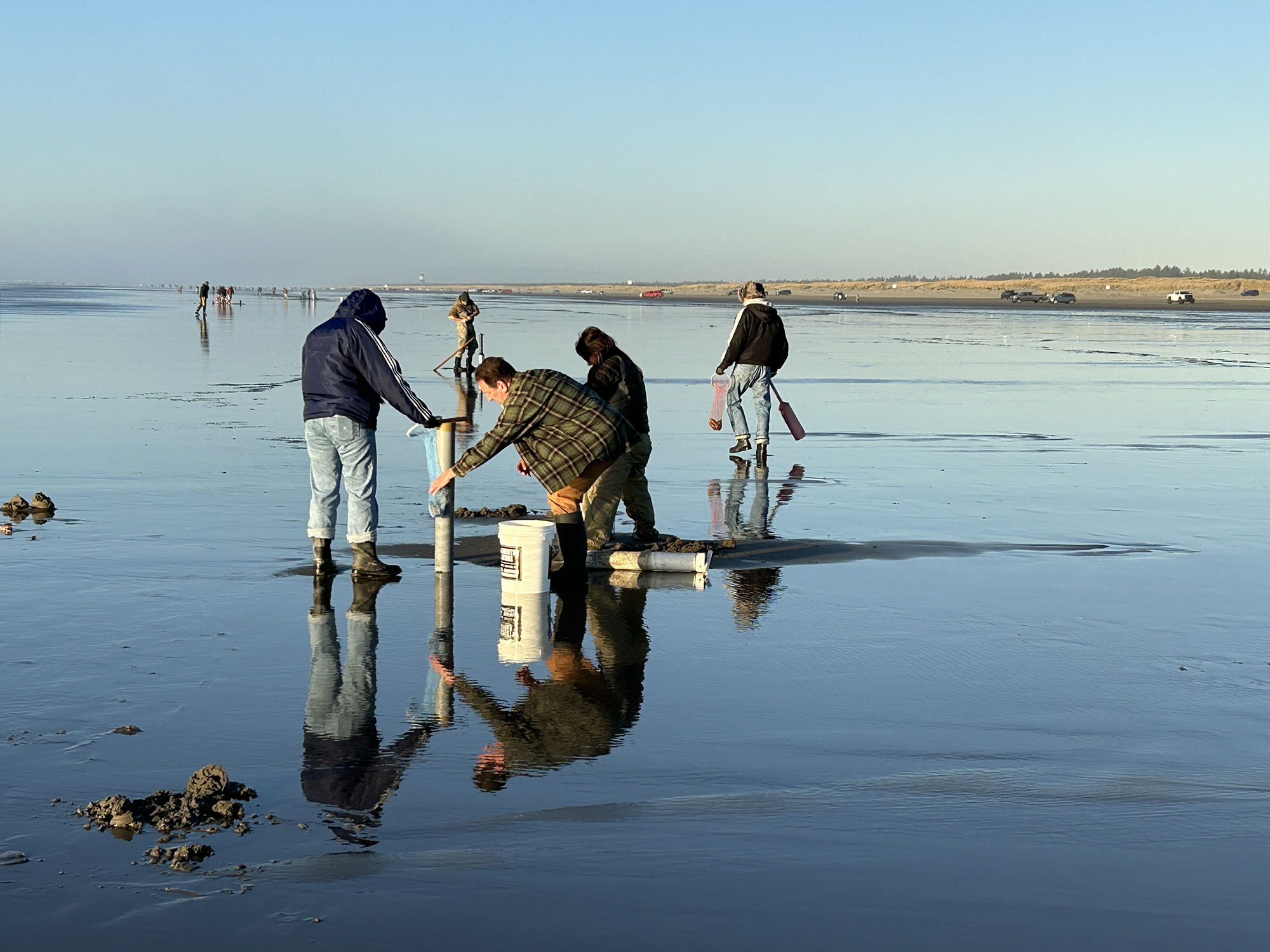OLYMPIA — Razor clam diggers can look forward to more digging on coastal beaches beginning Monday, Jan. 22, the Washington Department of Fish and Wildlife (WDFW) coastal shellfish managers confirmed Friday.
“With the cold weather behind us for now, we are looking forward to getting back to digging with warmer temperatures and calmer winds,” said Bryce Blumenthal, a WDFW coastal shellfish biologist. “Digging has been good so far this season on all open beaches when the weather and surf conditions cooperate.”
Not all coastal beaches are open for every dig, so diggers are encouraged to make sure their intended destination is open before heading out. Optimal digging occurs between one and two hours before the listed time of low tide.
The following digs during afternoon and evening low tides (noon to midnight only) will proceed as scheduled, after marine toxin results from the Washington State Department of Health (DOH) showed razor clams are safe to eat:



